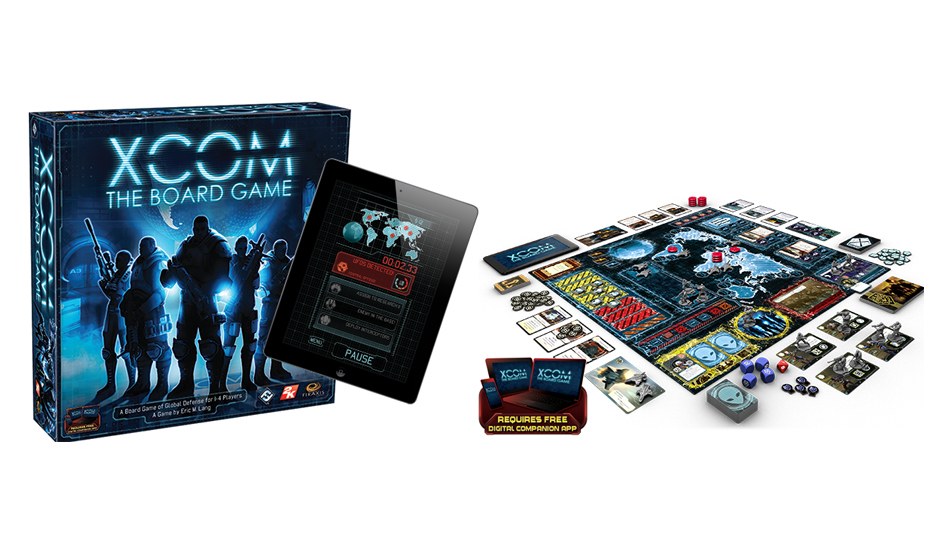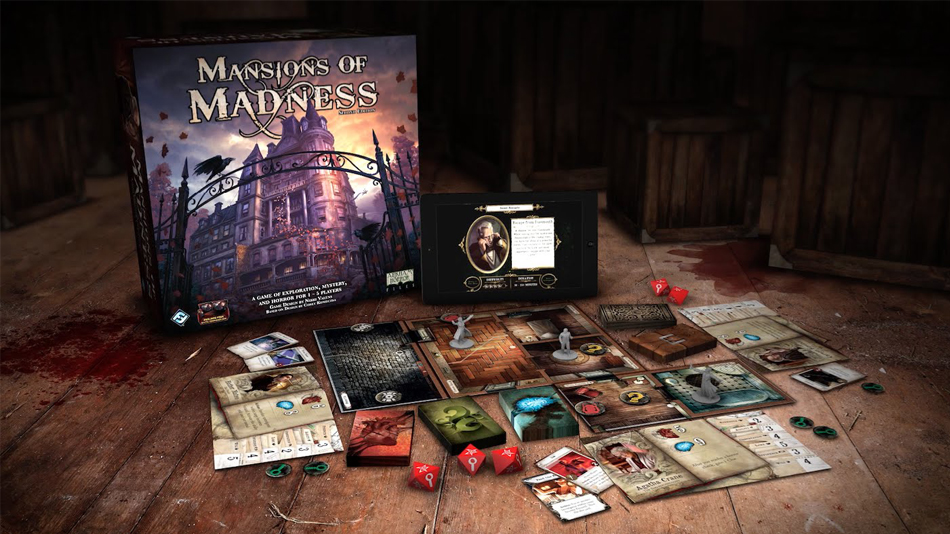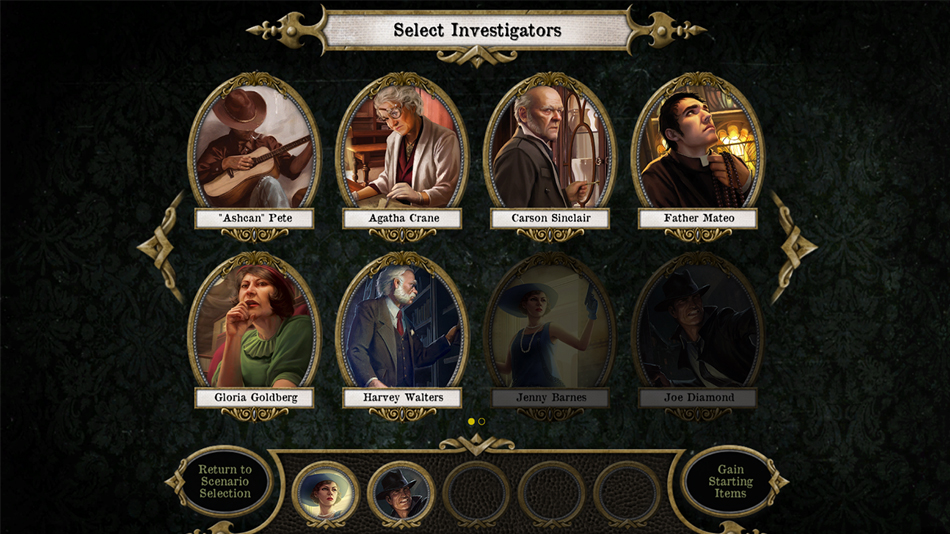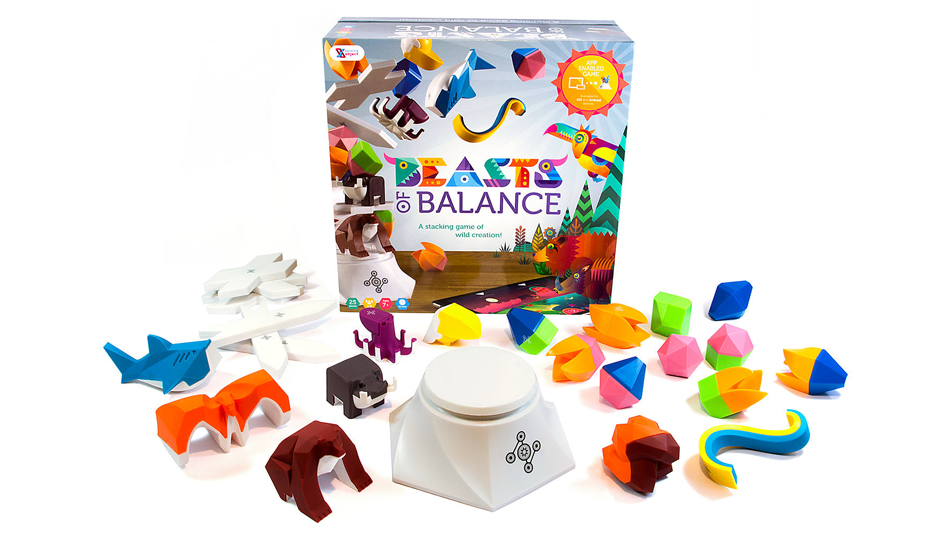· 9 min read
Digital Board Game Companion Apps: The Merge of Physical and Digital Gaming
Alex Sonechkina
Games Journalist at Tabletop Magazine and BigRedBarrel.com
Board games have always celebrated their physical and tactile nature. Reading the rulebook, unpacking the pieces, and setting up the board are all an intrinsic part of playing the board game. However, digital companion apps have also long been part of this ritual. Some games, like 7 Wonders, have a free app that helps players to calculate points at the end of the game. As the game has a limited number of scoring sheets that can run out, and the point calculation process is quite complex, the app was always a welcome helper. Digital board games also had their own place in the hobby, serving as digital recreations of the physical game on phones or PC that are primarily targeted towards solo play, although they tend to have some multiplayer options too.
However, for the most part, physical games and digital devices could exist in different spaces, completely independent of each other. That is until games like XCOM: The Board Game came along and changed the playing field.
Beginning of Digital Board Game Hybrids
Created by celebrated designer Eric Lang, the game is based on a series of strategic turn-based strategy video games. In the game, players are put in charge of a military organisation that must defend the Earth from an extraterrestrial invasion. The board game does not stray at all away from the premise and in it, players take on one of the four military roles to fight a variety of alien attacks. Each player has their own character and a very specific set of abilities that correspond to the nature of their role. For example, the Chief Scientist develops advanced technologies that could give the human defenders an extra edge in a fight.
While this may sound like a pretty standard board gaming set up, here comes the unique aspect of the game: it cannot be played without the companion app. This is not a gimmick, but a completely integral part of the game, and has always been. The designer made the board game and app with the idea that they will always be played in conjunction with one another.

XCOM: The Board Game has no secondary rulebook, the whole set-up has to be done through the companion app. Furthermore, the app acts as a Games Master to the whole game. It tells players the number of enemies and where they spawn on the map. The player who took on the role of the Central Officer is responsible for the app, communicating the changes to other players, keeping an eye on the turn timer and inputting the changes from the game board back into the app, so it can adapt the set of conditions based on the progress of the game.
Subtracting the app from the game and replacing it with a player role would still make XCOM: The Board Game playable, but it would have been a bad game. The companion app allows players not to know what is going to happen, forcing them to make decisions with limited information and inducing the panic that makes the game so much fun to play.
The app also controls the flow and pace of the game, an important part to the gameplay that is always hard to get right when relying just on the players’ timing for decisions and actions alone, and can also set in a fresh level of panic for players when they only have a small amount of time to make their next decisions.
In essence, the XCOM: The Board Game companion app took a potentially mediocre game with tried and tested gameplay mechanics used in other games before it, and turned into a tense experience with hard choices, where cooperation and communication between players would win or lose the scenario. Possibly more importantly, however, it laid down the tracks for more digital board game hybrids.
Revising Past Games
Due to the flexibility of the digital component of the board game, there were no limits on the levels of its integration in the gameplay. Mansion of Madness Second Edition was the game that learned how the companion app worked in XCOM: The Board Game and took it to the next level. Interestingly, it was a second edition of an existing and beloved game that previously had no companion app integration at all. So as well as bringing in the app to diversify the gameplay, designer Corey Konieczska has also been able to address some of the criticism of the game through the introduction of the app for a new release.

In the first edition of the game, for example, one of the players would have to take the role of the Keeper, who was in charge of the construction of the H.P. Lovecraft inspired mansion, controlled monsters and knew the secrets that the other players – Investigators – were facing.
This was not an easy role to take on, as it would require a deep familiarity with campaign rules and knowledge of how monsters should behave. In the second edition, the app takes care of most of these issues, tracking the campaign progress, adding interesting side missions and quests, and replacing the deck of cards with the iPad or phone screen.
Furthermore, Mansion of Madness also had physical puzzles as part of its gameplay. While they were an interesting and unique mechanic, in theory, the practicality of set-up and the quality of components were lacking. The companion app, once again, was able to integrate that part of the game better, saving on set-up and play time, without breaking the pace of the game.

In the case of Mansions of Madness Second Edition, the companion app was able to give the game a new wind as well as answer some of the players’ criticism through transferring them into a digital format. It also opened a door to more potential content: future games of the same format could increase their longevity by adding more campaigns or quests through the app. New expansions could be simply downloaded on their tablet or mobile device, and, keeping in mind the expense of producing of board games – which can be quite high – this could be a quite cost-effective option.
Reimagining the Classics
Beyond releasing new games with companion apps integrated from the get-go or new editions where an app serves as an improvement to the gameplay, another exciting path for the hybrids is the re-imagining of the traditional board games and putting a modern spin on them.

Beasts of Balance is one example of such a game. The routes of this game can be traced back to Jenga, a game about removing rectangular pieces from a tower without letting it fall down. In Beasts of Balance however, players are placing pieces, now colourful sculptured animals, on a pedestal as they attempt to build the tallest stack possible before it finally collapses. Every figurine has a microchip that registers on the pedestal and is directly transferred into the app, so it knows what animal has been added to the stack.
Beast of Balance has almost two games running in parallel. One is the game of balancing animal figures on top of each other without any of them falling down. Another one happens completely in the app, where animals, now on the pedestal, are crossed into fantastic creatures, whose fabulousness (i.e. life), depends on what other creatures are in the world. Players can add other pieces to the pedestal to try to keep the animals already in the world alive as well as trigger in-app mini-games that are hard to play but reward them with more points when they’re successful.

While Jenga as a game is timeless, Beasts of Balance was able to use digital technology to add a new level of challenge as well as give the concept a more modern, slicker look. Through the app, it added new exciting constraints to the gameplay, and navigating and solving these was an important part of the fun.
Another large part of the enjoyment of the game is seeing what animal would appear if you cross an eagle with a whale, and then cross them with an octopus. The app allows the imagining and creation of all these creatures and, in fact, has a Pokémon-like achievement mode, encouraging players to discover all the animal crossovers that are possible. Features like that would be impossible to seamlessly integrate into a board game without a digital component.
These are just some of the examples of board game hybrids, a concept that is becoming progressively more popular. Games like Alchemists, Golem Arcana, Unlock and many others have companion apps that are an integral part of their gameplay. While many look at this intrusion into the physicality of board games with skepticism, it also cannot be argued that companion apps can expand board games mechanically in very interesting directions.
At its basic core, they can make learning rules, always the most ponderous part of board gaming, more approachable and user-friendly. At its most complex, companion apps can increase the longevity of a board game, bringing its players new experiences and new ways to play them, as well as adding depth and complexity for those who want bigger challenges. It will be exciting to see where digital board game hybrids will take the hobby next and what other games will come out from this union.